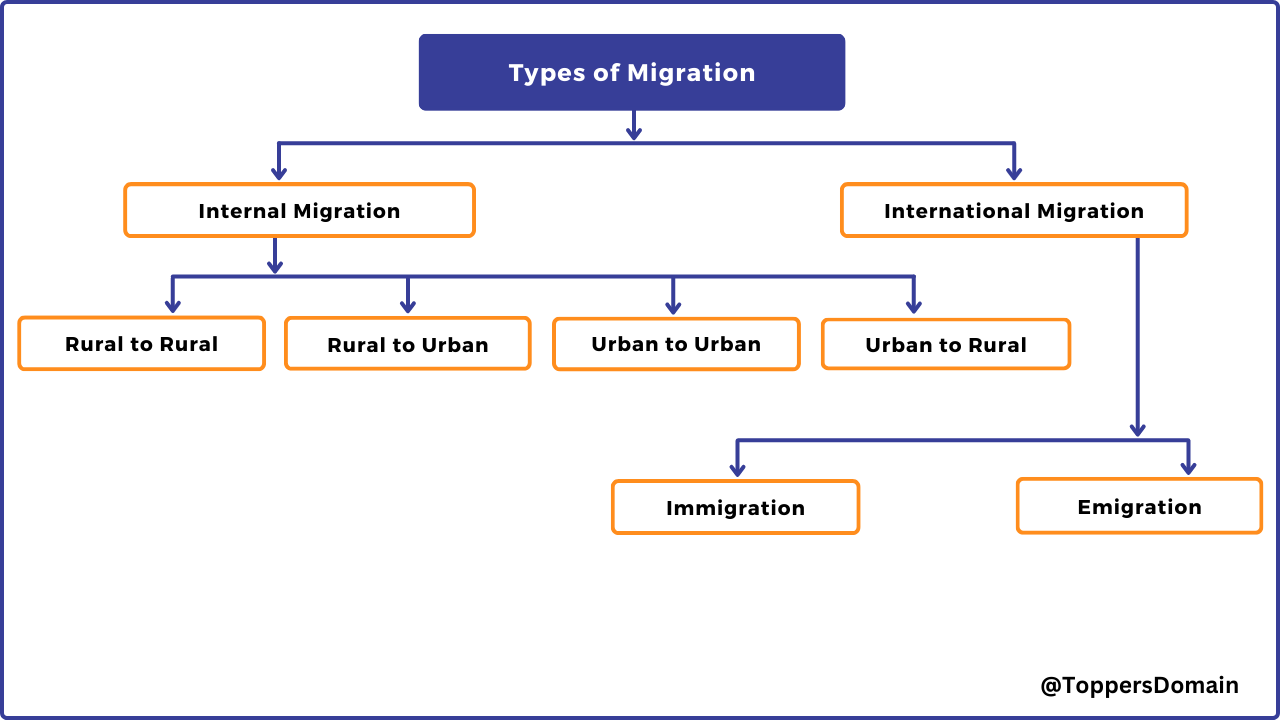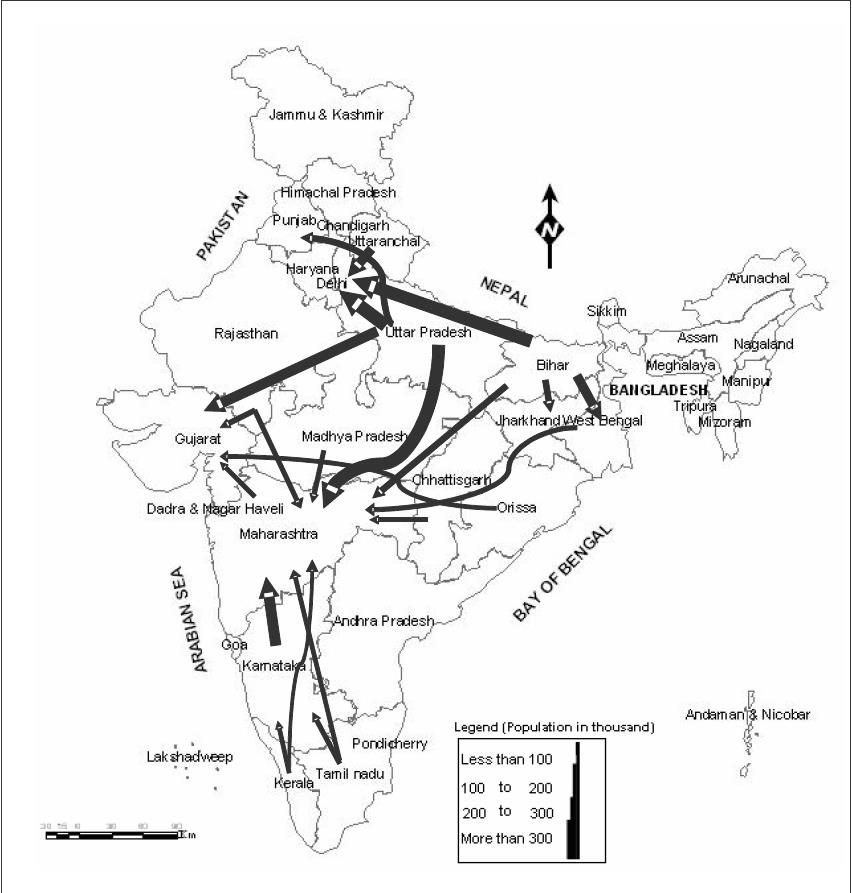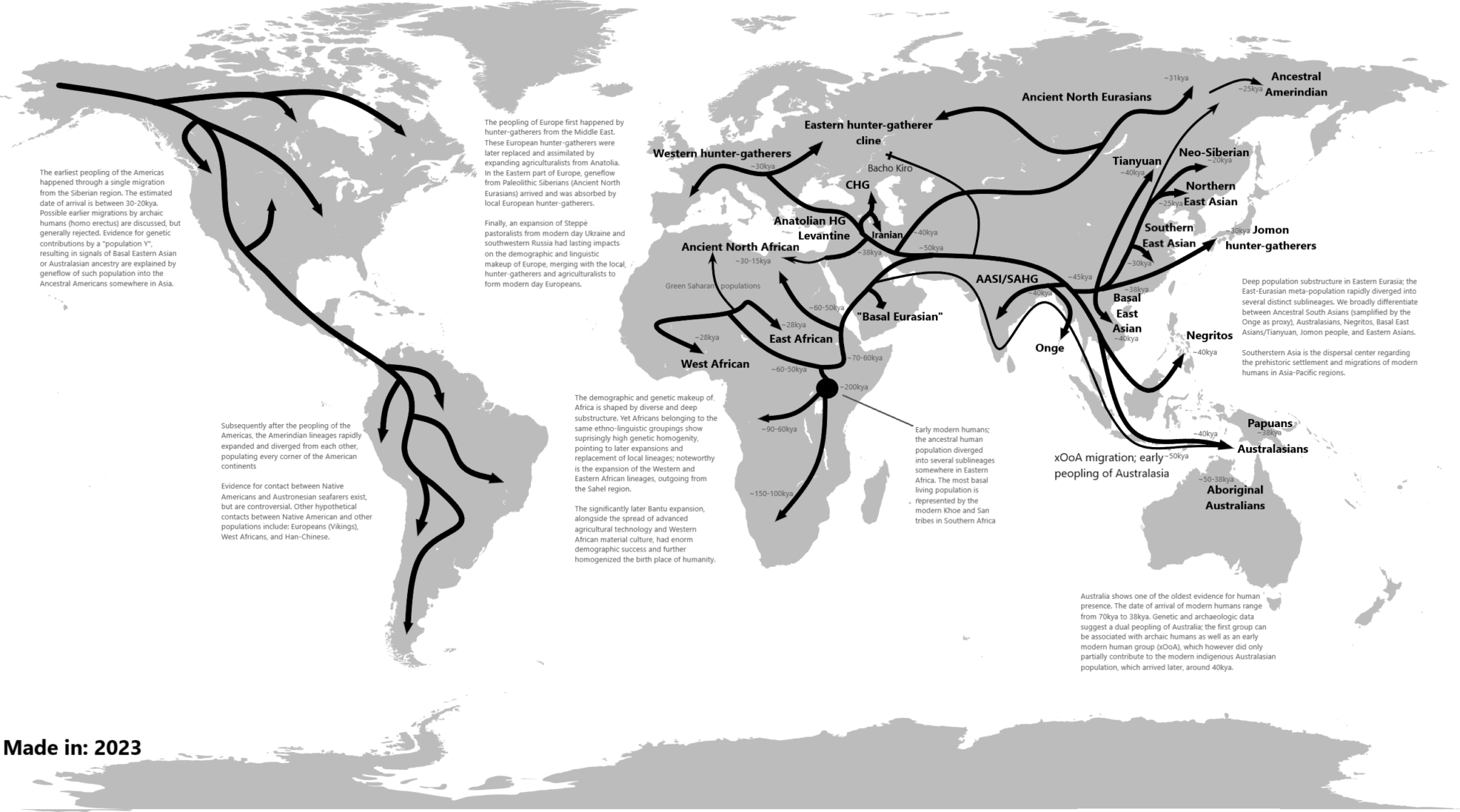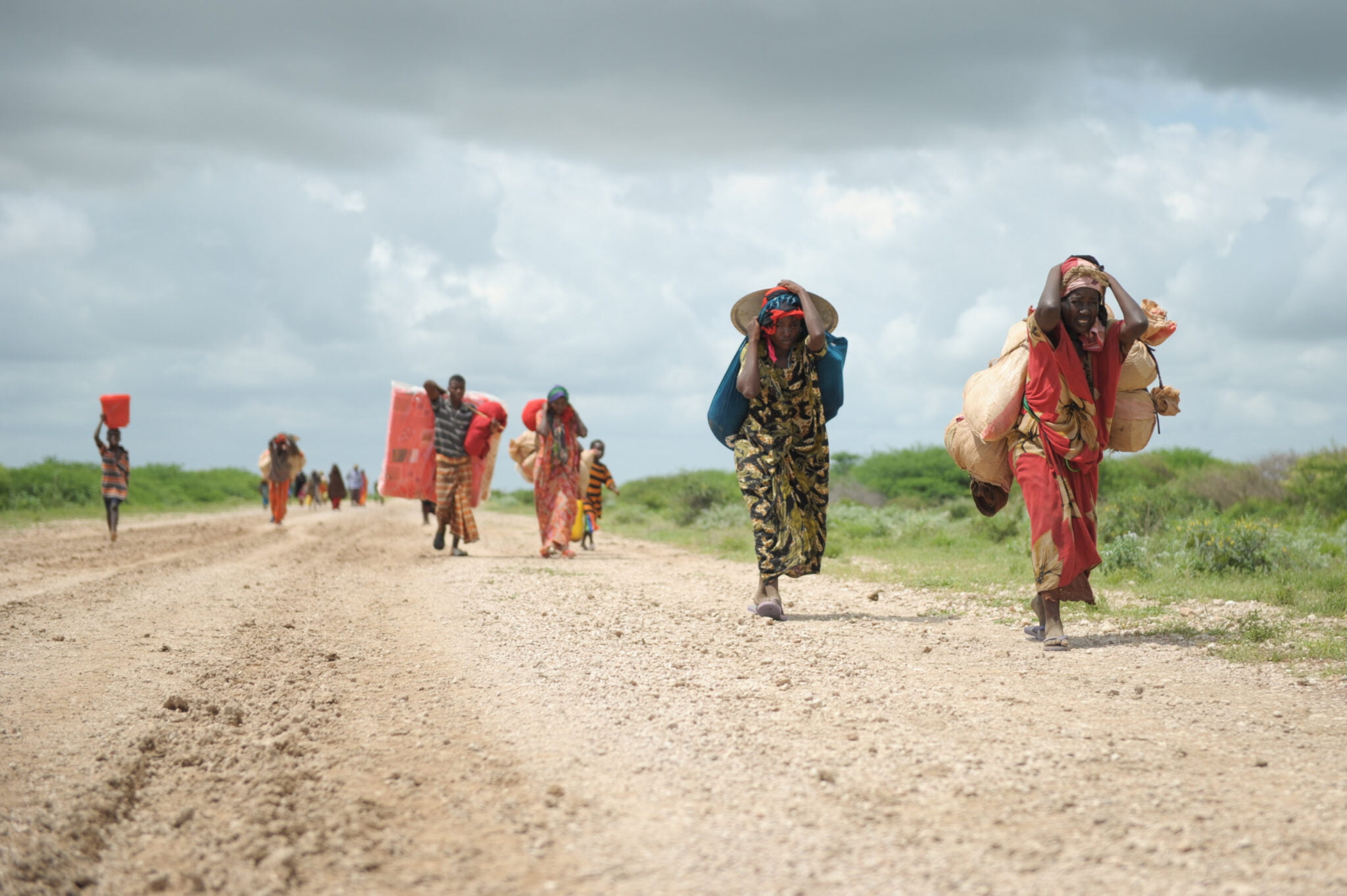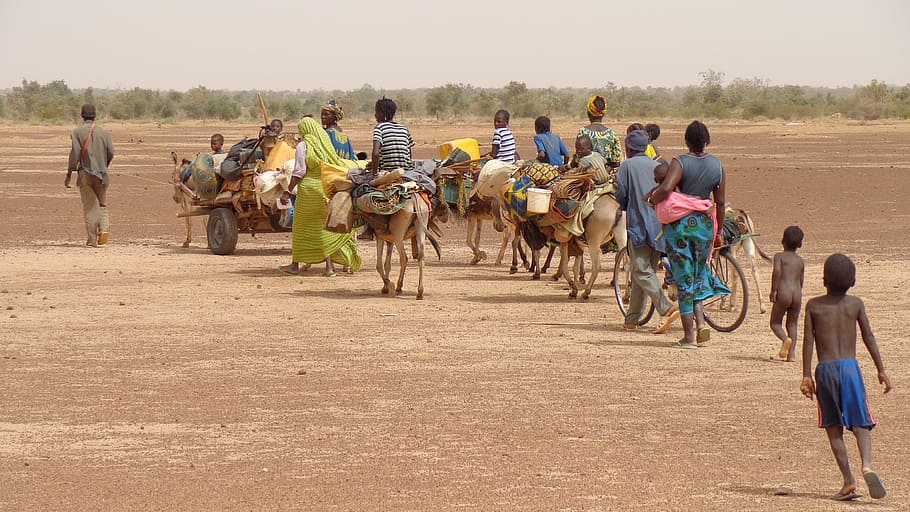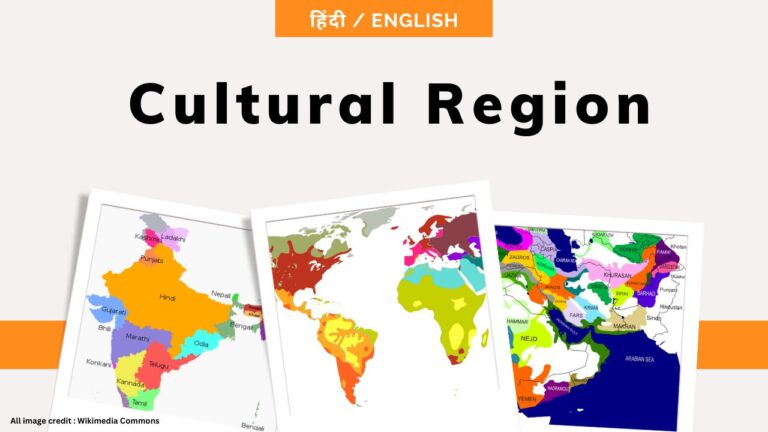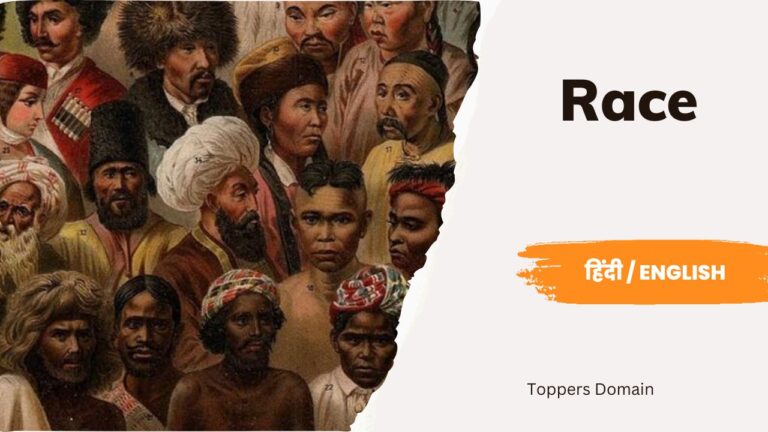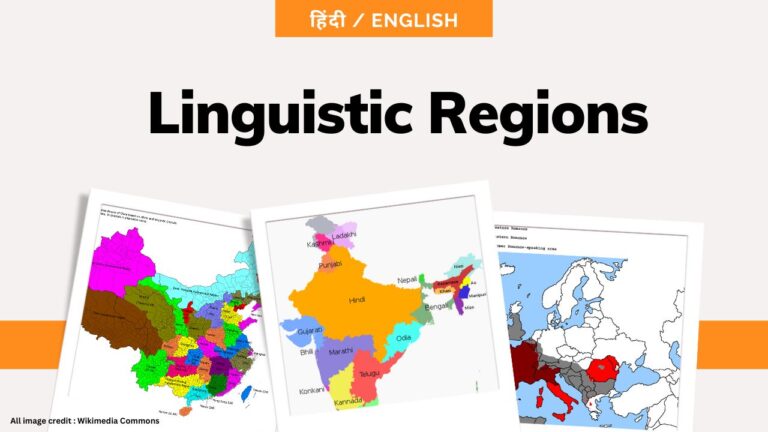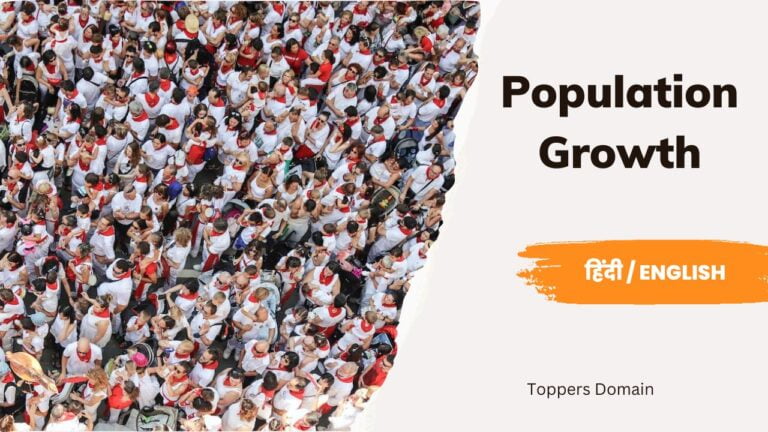Migration
Human Geography
Index
Migration - Definition and Type
Migration is a process of movement or relocation of individuals or groups of people from one place to another for various reasons.
Definition of Migration
According to the Oxford English Dictionary, ‘migration is the movement of people from one place to another, especially for the purpose of settling in a new country or region.’
The International Organization for Migration (IOM) and the United Nations defines migration as ‘the movement of a person or a group of people, either across an international border or within a state, from one place to another, for a temporary or permanent purpose, usually in search of a better life or to escape from persecution, poverty or environmental degradation.’
Migration is a broad term that refers to the movement of people from one place to another. This movement can be voluntary or involuntary, and it can be permanent or temporary. It occurs for a variety of reasons, such as economic, social, political, environmental or cultural factors.
Types of Migration
Migration can be classified into different types based on various criteria, such as the distance, duration and purpose of the movement. Here are the major types of migration:
1- Internal Migration
Internal migration refers to the movement of people within the same country. This type of migration can be further classified into rural-urban migration and urban-urban migration. Rural-urban migration is the movement of people from rural areas to urban areas, while urban-urban migration is the movement of people within urban areas.
2- International Migration
International migration refers to the movement of people across national borders. This type of migration can be further classified into immigration and emigration. Immigration refers to the movement of people into a country, while emigration refers to the movement of people out of a country.
3- Forced Migration
Forced migration refers to the movement of people who are forced to leave their homes due to war, persecution or natural disasters. This type of migration can be further classified into refugees and internally displaced persons (IDPs). Refugees are people who have crossed an international border and cannot return to their home country due to a well-founded fear of persecution. IDPs are people who have been forced to leave their homes but remain within their country's borders.
4- Voluntary Migration
Voluntary migration refers to the movement of people who choose to migrate for various reasons, such as economic opportunities, family reunification or cultural factors. This type of migration can be further classified into labour migration, family reunification and lifestyle migration. Labour migration is the movement of people for work purposes, while family reunification is the movement of people to join their family members who are already living in another country. Lifestyle migration is the movement of people who choose to move to another country for a better quality of life.
5- Seasonal Migration
Seasonal migration refers to the movement of people who move from one place to another for a particular season, such as for agricultural work or tourism. This type of migration can be temporary or permanent, and it is often driven by economic factors.
6- Circular Migration
Circular migration refers to the movement of people who move back and forth between their home country and another country for various reasons, such as work or education. This type of migration can be voluntary or involuntary and it can be temporary or permanent.
Conclusion :
The phenomenon of migration has different types and can occur for various reasons. In general, migration is a response to push and pull factors that can include economic opportunities, political instability, conflict, environmental degradation or cultural factors.
Each type of migration has its own challenges and opportunities and addressing them requires an understanding migration. By understanding migration, we can develop policies and programs that maximize the benefits of migration while minimizing its costs and risks.
Share
Other Topics
Unit - II


